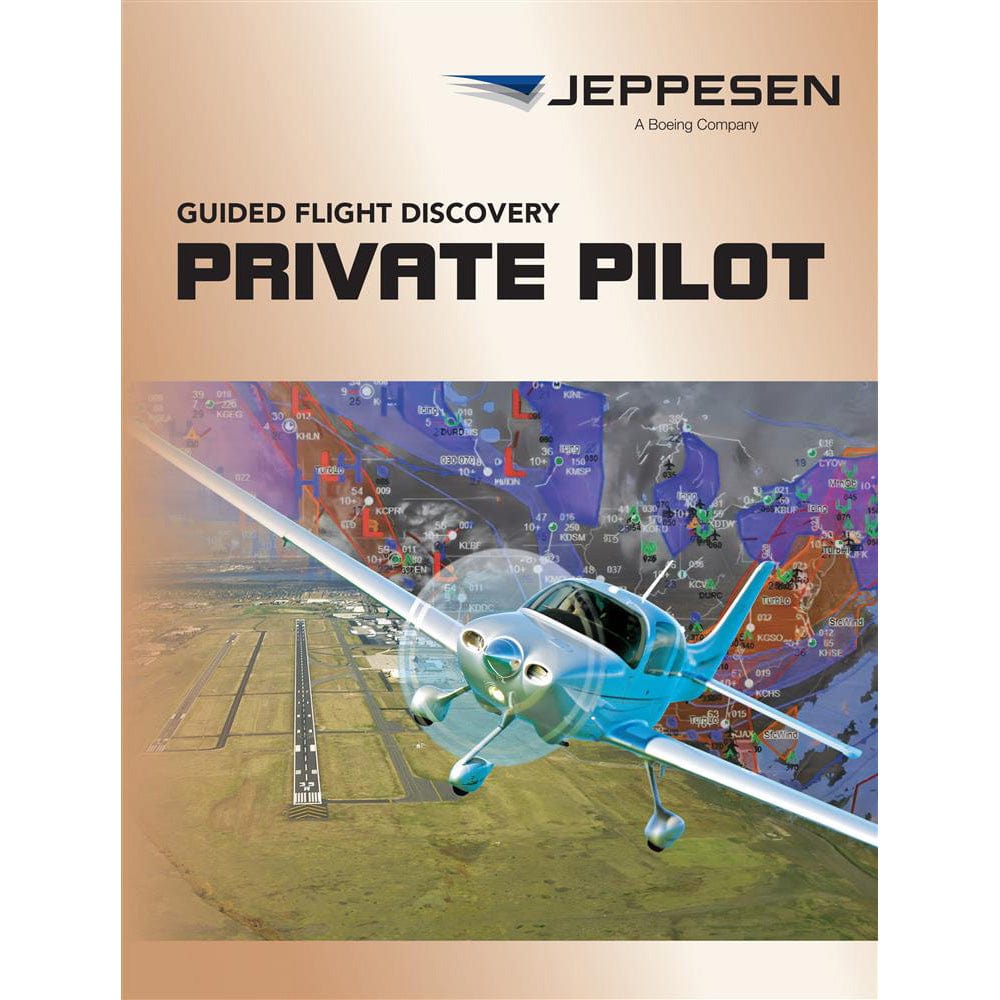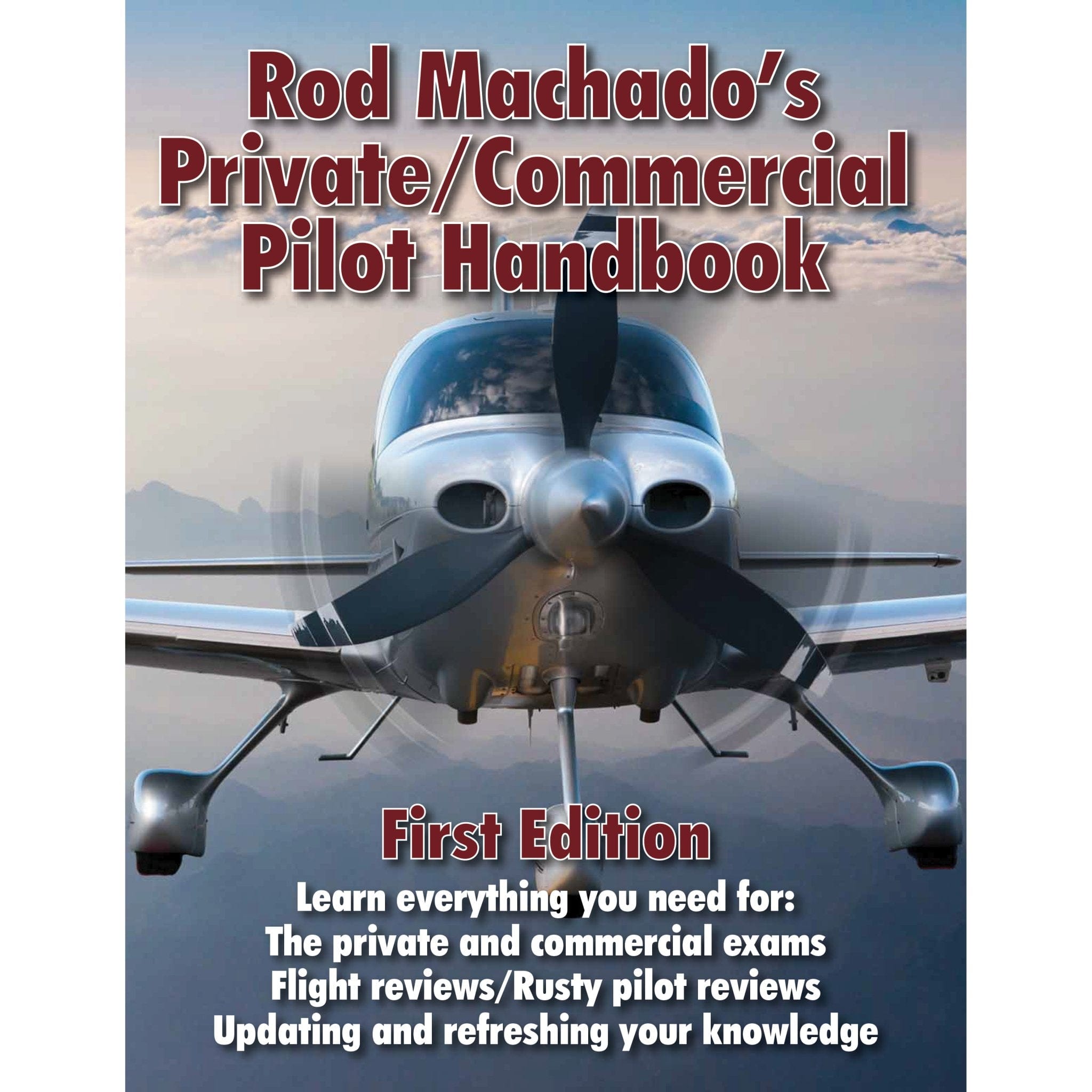Así que ha tomado la decisión de obtener su licencia de piloto privado. Tal vez haya realizado un vuelo de descubrimiento o tal vez tenga un familiar que ya sea piloto. De cualquier manera, el virus de la aviación lo ha picado y ahora está ansioso por sumergirse en todo lo que la aviación tiene para ofrecer.
Y aunque hay diferentes opciones disponibles, algunas personas quieren acelerar su capacitación para poder concentrarse en habilidades más avanzadas para una carrera como piloto.
¡No te preocupes, te ayudamos!
Esta guía lo guiará a través de la forma más rápida de obtener una licencia de piloto privado , cubriendo qué esperar, cuánto tiempo lleva y los costos asociados.
RESUMEN
-
Debe tener 17 años o más, dominar el inglés y poder tener un certificado médico de tercera clase.
-
El costo promedio para obtener su Certificado de Piloto Privado es de $ 9,000 - $ 16,000 dependiendo de la escuela de vuelo y los gastos adicionales.
-
Se puede esperar un plazo de 3 meses en un cronograma acelerado.
-
Necesitarás escuela en tierra, entrenamiento de vuelo y tomar los exámenes de la FAA (conocimiento y práctica).

1. Requisitos de elegibilidad para la formación de piloto privado
Antes de comenzar cualquier entrenamiento, debes asegurarte de cumplir con los requisitos básicos.
-
Debes tener al menos 17 años.
-
Debes tener buen nivel de inglés (lectura, escritura y habla).
-
Debe poder obtener un certificado médico de la FAA de tercera clase.
Dependiendo de dónde vivas, esto puede costarte entre $75 y $200. Tu primer paso debe ser visitar a un médico examinador autorizado por la FAA cerca de ti para obtener este certificado.

2. Inscríbete en la Escuela de Tierra (en línea o en persona)
La escuela en tierra sienta las bases teóricas para todo el entrenamiento de vuelo. Muchas escuelas ofrecen opciones en línea para acelerar el proceso.
Primero, necesitarás saber si asistirás a una escuela Parte 61 o Parte 141, ya que la estructura y el ritmo de los programas pueden ser diferentes.
Parte 61 escuelas
Las escuelas de la Parte 61 ofrecen más flexibilidad, lo que te permite adaptar tu aprendizaje a tu horario. Puedes trabajar a tu propio ritmo, lo que es ideal si estás equilibrando otros compromisos o estudiando como pasatiempo.
También tienes la opción de seleccionar a tu instructor de vuelo, y la escuela en tierra es menos formal. Esta opción suele ser la preferida por los estudiantes que quieren ir a un ritmo de tiempo parcial, adaptando las lecciones en función de su progreso.
Aunque la Parte 61 tiene un requisito mínimo de 40 horas de vuelo para obtener una licencia de piloto privado, los estudiantes a menudo tardan más debido a horarios de entrenamiento irregulares o cancelaciones debido al clima.
Parte 141 escuelas
Las escuelas de la Parte 141 siguen un programa de estudios estricto aprobado por la FAA. Todo está estructurado, con planes de lecciones claros, controles de etapas y un ritmo establecido.
Este tipo de programa es más común para los estudiantes que desean seguir una carrera en la aviación porque es más rápido y ágil.
Las escuelas de la Parte 141 suelen ser más caras por hora, pero te permiten obtener tu licencia de piloto privado con menos horas de vuelo (35 en lugar de 40). Un programa de la Parte 141 puede resultar riguroso y puede que no sea la mejor opción si necesitas flexibilidad en tu horario.
Ambos programas te preparan para los mismos exámenes de la FAA, pero si estás pensando en una ruta más rápida y estructurada, una escuela Parte 141 podría ser adecuada para ti.
Si buscas más flexibilidad, una escuela de la Parte 61 podría ser más adecuada para ti. La decisión depende de tus objetivos y del tiempo disponible, de si aspiras a una carrera en la aviación o simplemente a volar de forma recreativa.
El promedio nacional
Independientemente de lo que decida elegir, Parte 61 o Parte 141, el promedio nacional para la formación de pilotos privados está más cerca de las 70 horas de tiempo de vuelo , muy por encima de los requisitos mínimos en cualquiera de las dos opciones.
Una escuela en tierra te ayuda a prepararte para el examen de conocimientos de la FAA, que cubre temas como navegación, regulaciones y aerodinámica. Los cursos acelerados suelen cubrir este material en tan solo unas semanas, lo que te permite volar antes.
Escuela de tierra para pilotos privados
A continuación se presentan algunos kits y materiales de capacitación en tierra para ayudar a acelerar el proceso:
-
Kit de escuela de vuelo para pilotos privados de la ASA (parte 141)
-
Prueba de conocimientos de la FAA para pilotos privados de Gleim 2024
Costo:
Los cursos básicos varían entre $50 y $500 dependiendo de si eliges una opción de autoaprendizaje en casa o una opción dirigida por un instructor.

3. Comienza el entrenamiento de vuelo como piloto privado
La parte principal del proceso, las lecciones de vuelo, requieren práctica en el aire con un instructor de vuelo certificado. Las normas de la FAA establecen que se necesitan al menos 40 horas de vuelo, pero la mayoría de los pilotos necesitan entre 50 y 70 horas para estar listos para el examen de vuelo.
Con un programa acelerado, puedes condensarlo en dos o tres meses, volando varias veces a la semana para acumular horas rápidamente.
Si tiene curiosidad sobre dónde encontrar escuelas de vuelo o cómo comenzar con su proceso de entrenamiento de vuelo, tenemos algunas guías que pueden ayudarlo:
Costo:
Los costos pueden aumentar aquí, ya que alquilar una aeronave generalmente cuesta entre $100 y $200 por hora, y contratar a un instructor agrega otros $50 a $75 por hora. En total, estás hablando de entre $8,000 y $14,000 por esta parte.

4. Aprobar el examen de conocimientos de la FAA
El examen de conocimientos de la FAA es uno de los pasos más importantes. Puedes realizarlo después de completar la instrucción básica y consta de 60 preguntas de opción múltiple.
Necesitarás al menos un 70 % para aprobar. Muchos estudiantes optan por realizar este examen antes de comenzar la mayor parte de su entrenamiento de vuelo para poder concentrarse completamente en volar una vez que lo hayan hecho.
Un excelente consejo de estudio es utilizar un curso de preparación de exámenes en línea y obtener una puntuación superior al 90 % al menos 3 veces seguidas para asegurarse de estar preparado antes de intentar el examen.
Y no te preocupes, puedes comunicarte con tu instructor de vuelo y él verificará si estás preparado para tomar el examen escrito.
Costo:
El examen cuesta aproximadamente $175. Para obtener los costos exactos, comuníquese con el centro de exámenes más cercano y pregúnteles los precios.

5. Vuelos completos en solitario
Una vez que hayas adquirido algo de experiencia, tu instructor aprobará tu capacidad para volar solo. Esto suele ocurrir después de 10 a 20 horas de entrenamiento de vuelo, pero varía de persona a persona.
Tus vuelos en solitario son un gran paso porque ahora tienes el control sin tu instructor a bordo. Las normas de la FAA exigen al menos 10 horas de vuelo en solitario, que incluyen vuelos de travesía y nocturnos.
¿La buena noticia? Este tiempo en solitario cuenta para el total de horas de vuelo requeridas.
Costo:
Alquilar un avión para construirlo en solitario cuesta entre $100 y $200 dependiendo del avión.

6. Aprobar el examen práctico de la FAA (Checkride)
El examen de vuelo es el examen final de su camino hacia la obtención de la licencia de piloto privado. Esta prueba incluye un examen oral y una prueba de vuelo.
El examinador de piloto designado (DPE) le hará preguntas sobre las operaciones de la aeronave, el clima y la navegación durante la parte oral, y luego se dirigirá al aire para demostrar sus habilidades de vuelo.
Costo:
El costo del check-ride varía entre $400 y $650, más el costo del alquiler del avión, que suma entre $250 y $400 más. Prepárese para reservar varias horas para este proceso: no es una prueba rápida.
Plazo y coste
Si busca acelerar su obtención de la licencia PPL, espere pasar alrededor de tres meses desde el principio hasta el final. Los programas acelerados pueden condensar su formación, pero requieren mucha dedicación y tiempo, y a veces implican varios vuelos por semana.
En términos de costo, debes presupuestar entre $8,000 y $15,000 en total, dependiendo de cuántas horas de vuelo necesites y el tipo de programa que elijas.
Si eso parece mucho, muchas escuelas ofrecen opciones de financiamiento, o podrías distribuir tu capacitación en el tiempo para reducir la carga financiera.
Simplemente tenga en cuenta que extender la capacitación demasiado tiempo podría significar repetir lecciones, lo que se sumará al costo total.

Preguntas frecuentes
-
¿Cuánto tiempo se tarda en tramitar con rapidez una licencia de piloto privado?
Los programas acelerados pueden ayudarte a completar tu formación en 3 a 6 meses si puedes dedicar el tiempo y los recursos.
-
¿Cómo puedo reducir el coste de una licencia de piloto privado?
Vuela de forma constante para evitar repetir lecciones, compra o pide prestado equipo de segunda mano y explora becas u opciones de financiación.
-
¿Cuál es la diferencia entre las escuelas de vuelo de la Parte 61 y la Parte 141?
La Parte 61 ofrece horarios flexibles y es ideal para pilotos recreativos, mientras que la Parte 141 sigue un programa de estudios estricto y es más adecuada para aquellos que buscan una carrera en la aviación.
Llevar
Obtener rápidamente tu licencia de piloto privado es posible y es una opción inteligente si quieres lograr tu sueño rápidamente.
Si te dedicas a un programa acelerado, eres constante con tus horas de vuelo y estudias mucho para los exámenes, puedes estar listo para surcar los cielos en tan solo unos pocos meses.
Si tu objetivo es convertirte en piloto, el costo y el esfuerzo merecerán la pena. Comienza tu formación hoy mismo y, muy pronto, tendrás tus alas.
¿Interesado en carreras relacionadas con la aviación?
¡Nuestras guías están diseñadas para ayudar!
-
Un día en la vida: ¿Cómo es realmente el horario de un piloto?
-
Cómo convertirse en asistente de vuelo sin experiencia (guía)
-
Cómo obtener una licencia de despachador de la FAA: aprenda qué se necesita
-
¿Cómo convertirse en controlador de tráfico aéreo? [¿Está usted cualificado?]
¿Le resultó útil este artículo?
¿Crees que nos hemos olvidado de algo importante? ¡Cuéntanoslo en los comentarios a continuación!







